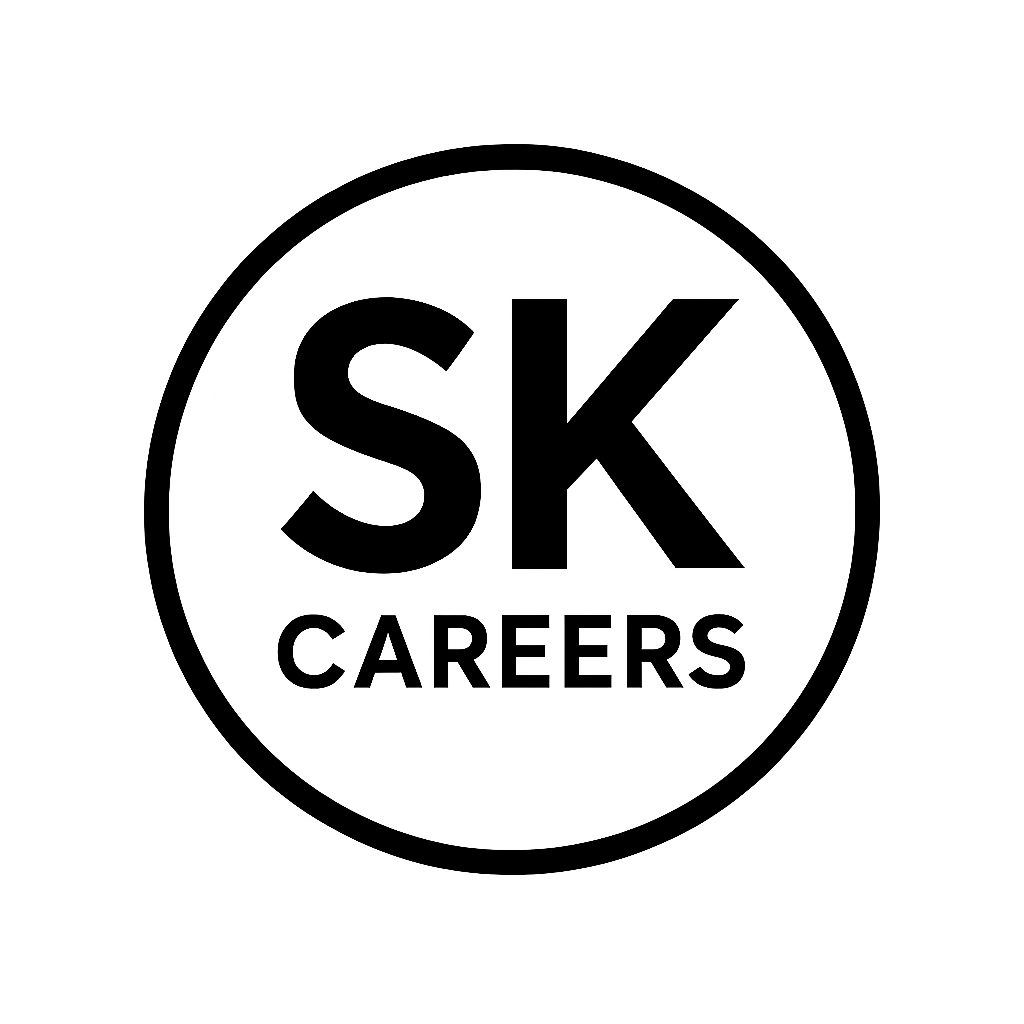
Introduction
Planning for retirement requires smart decisions about where to save your money. In 2025, updated contribution limits, tax advantages, and flexible investment options make retirement accounts like 401(k)s, IRAs, and Roth IRAs essential tools for securing your future. This guide explores the best retirement accounts for 2025, helping you choose the right option for your financial goals.
Why Retirement Accounts Matter
Retirement accounts offer a structured way to save and grow your money while enjoying tax benefits. They help:
- Build Wealth: By leveraging compound interest and consistent contributions.
- Reduce Taxes: Through tax-deferred or tax-free growth.
- Ensure Financial Security: Providing income during your golden years.
Key Retirement Accounts for 2025
1. 401(k) Plans
401(k)s remain one of the most popular employer-sponsored retirement accounts in 2025.
Key Features:
- Tax Advantages: Contributions are tax-deferred, lowering taxable income.
- Employer Match: Many employers match a percentage of employee contributions, offering “free money.”
- High Contribution Limits: In 2025, employees can contribute up to $23,000, with an additional $7,500 catch-up contribution for those 50 and older.
Who Should Consider a 401(k)?
Employees with access to a company-sponsored plan, especially if an employer match is offered.
2. Roth 401(k) Plans
Roth 401(k)s combine the features of a traditional 401(k) with the tax benefits of a Roth IRA.
Key Features:
- After-Tax Contributions: Taxes are paid upfront, allowing tax-free withdrawals in retirement.
- No Income Limits: Available to all employees, regardless of income.
- Employer Match: Employer contributions remain tax-deferred.
Who Should Consider a Roth 401(k)?
Individuals who anticipate being in a higher tax bracket during retirement.
3. Traditional IRAs
A Traditional IRA is an individual retirement account that offers tax-deferred growth.
Key Features:
- Tax Deduction: Contributions may be tax-deductible, depending on your income and access to an employer-sponsored plan.
- Contribution Limits: In 2025, individuals can contribute up to $7,000, with a $1,000 catch-up contribution for those over 50.
- Flexible Investments: Wide range of investment options, including stocks, bonds, and mutual funds.
Who Should Consider a Traditional IRA?
Those looking for tax-deductible contributions and flexible investment options.
4. Roth IRAs
Roth IRAs provide tax-free growth and withdrawals, making them a favorite among savers.
Key Features:
- Tax-Free Withdrawals: Contributions are made with after-tax dollars, allowing tax-free income in retirement.
- No RMDs (Required Minimum Distributions): Unlike traditional accounts, Roth IRAs do not require withdrawals at a certain age.
- Income Limits: In 2025, eligibility phases out at incomes of $153,000-$198,000 for single filers and $228,000-$248,000 for married couples filing jointly.
Who Should Consider a Roth IRA?
Individuals with moderate incomes who value tax-free income in retirement.
5. Health Savings Accounts (HSAs)
Although primarily designed for medical expenses, HSAs can double as a retirement account due to their unique tax advantages.
Key Features:
- Triple Tax Benefits: Contributions are tax-deductible, growth is tax-free, and withdrawals for qualified medical expenses are tax-free.
- High Contribution Limits: In 2025, individuals can contribute up to $4,150, with $8,300 for families, plus a $1,000 catch-up contribution for those 55 and older.
- No Taxes After 65: Non-medical withdrawals after age 65 are taxed like a Traditional IRA.
Who Should Consider an HSA?
Those with high-deductible health plans (HDHPs) who want a versatile savings tool.
6. SEP IRAs (Simplified Employee Pension IRAs)
SEP IRAs are designed for self-employed individuals and small business owners.
Key Features:
- High Contribution Limits: Up to 25% of compensation or $66,000 in 2025.
- Employer Contributions Only: Contributions are made by the employer (self-employed individuals contribute as the “employer”).
- Simple Administration: Easier to manage than a 401(k).
Who Should Consider a SEP IRA?
Small business owners seeking a straightforward plan with high contribution potential.
7. Solo 401(k)s
Solo 401(k)s are perfect for self-employed individuals with no employees.
Key Features:
- High Contribution Limits: Up to $66,000 or $73,500 with catch-up contributions in 2025.
- Roth Option: Contributions can be pre-tax or after-tax (Roth).
- Loan Option: Borrow up to 50% of your balance, up to $50,000.
Who Should Consider a Solo 401(k)?
Self-employed individuals wanting flexibility and maximum savings.
Comparing Retirement Accounts
| Account | Tax Benefits | Contribution Limits (2025) | Best For |
|---|---|---|---|
| 401(k) | Tax-deferred | $23,000 (+$7,500 catch-up) | Employees with employer-sponsored plans |
| Roth 401(k) | Tax-free withdrawals | $23,000 (+$7,500 catch-up) | Higher future tax brackets |
| Traditional IRA | Tax-deferred | $7,000 (+$1,000 catch-up) | Tax-deductible contributions |
| Roth IRA | Tax-free withdrawals | $7,000 (+$1,000 catch-up) | Tax-free income in retirement |
| HSA | Triple tax advantages | $4,150 ($8,300 family) | Medical and retirement savings |
| SEP IRA | Tax-deferred | $66,000 | Small business owners |
| Solo 401(k) | Tax-deferred/Roth | $66,000 (+$7,500 catch-up) | Self-employed individuals |
Choosing the Best Retirement Account for You
Key Considerations:
- Income Level: Choose accounts based on current and projected tax brackets.
- Employer Match: Maximize contributions to 401(k)s if your employer offers matching.
- Flexibility: Roth accounts offer tax-free growth, while Traditional accounts reduce taxable income now.
- Investment Options: Some accounts, like IRAs, provide broader investment choices than 401(k)s.
Conclusion
The best retirement accounts for 2025 depend on your financial situation, career stage, and retirement goals. Whether you’re maximizing employer matches in a 401(k), leveraging the tax benefits of a Roth IRA, or exploring HSAs for dual-purpose savings, there’s an option for everyone. Start planning today to secure your financial independence tomorrow.
Read More…
FAQs
- What is the best retirement account for high earners?
A Roth 401(k) is ideal for high earners who expect higher taxes in retirement. - Can I contribute to multiple retirement accounts?
Yes, you can contribute to a 401(k) and an IRA, subject to contribution limits. - What makes HSAs a good retirement tool?
HSAs offer triple tax benefits and can cover medical expenses or serve as an additional retirement fund after age 65. - What’s the difference between Roth and Traditional accounts?
Roth accounts are funded with after-tax dollars and grow tax-free, while Traditional accounts offer tax-deferred growth. - Are Solo 401(k)s better than SEP IRAs for self-employed individuals?
Solo 401(k)s offer higher contribution limits and Roth options, making them more flexible for self-employed savers.
